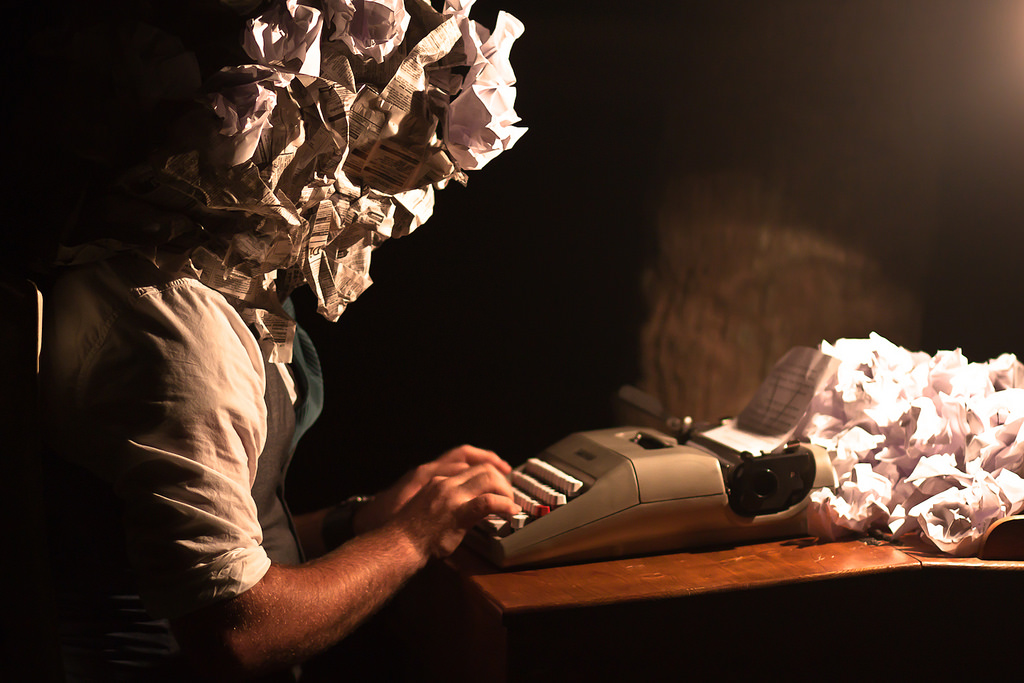You have no items in your cart. Want to get some nice things?
Go shoppingReaders’ comments on your published work are anything but predictable. Last month, I was surprised by some of the comments I got from people on a short story I wrote. The story appeared in an online literary journal, which has a dedicated following. Anyone with a decent internet connection was free to read and comment on it. Comments began to pop up soon. Some readers said they were truly moved by the story and listed their reasons for feeling a connection. I was grateful to them for taking the time to do this. Others were less expansive. They keyed in a “Liked it” in the comments column and left it at that. No complaints there either. If only a writer’s life was that simple!
More feedback came rolling in. Time for the not so complimentary ones and the downright accusatory comments. Bouquets over. It was all brickbats now…There was a common refrain to this lot: a chorus of angry voices said that by writing a fictional story loosely based on a real event (migrants drowning in the sea while fleeing from their war-torn homes), I had exploited a catastrophe. It was best if fiction writers left “real life” alone. Facts are facts. Fiction is fiction. Remember the two don’t mix.
A Mark Twain quote comes to mind — “the only difference between reality and fiction is that fiction has to be credible.” We live in a world where fascist dictators are elected to power. It is common practice for them to hand out death sentences to people for speaking up for things that matter (freedom, art, religion, love). We live in a time when politicians lead us to war under false pretexts, and killer drones swoop down from the sky on innocent civilians. No fiction writer can make this kind of stuff up. Not Shakespeare, not Mary Shelley or Margaret Atwood could conjure up our real life dystopia. The line between fact (life) and fiction (art) is a porous one. One seeps into the other. There is no law against it. There never has been and never will be one.
Magic can happen when a fiction writer splits open a fact and leads the reader deep into its heart. History becomes human and relatable. Revelations about the inner lives of people spring forth. British writer Julian Barnes called his book, Arthur and George, “a contemporary novel set in the past.” Rich in style and substance, this remarkable work of fiction traces the lives of two British men at the turn of the 20th century. Both the central characters in the novel are real-life figures. One is the son of a vicar, the other the well-known author of the Sherlock Holmes stories, Sir Arthur Conan Doyle. Barnes’s reworking of history raises interesting questions about human nature. It is also an insightful exposition of sin and redemption. John Fowles held up a mirror to Victorian England in his best-selling novel The French Lieutenant’s Woman. Bitter truths about class and gender discrimination, rampant at the time, are an intrinsic part of the narrative. Fowles’s fiction is informed and enriched by facts. It still remains a piece of powerful social commentary.
The enigmatic Elena Ferrante describes Naples with the precision of a cartographer in her popular Neapolitan novels. Ferrante traces the physical geography of Naples with as much skill as she unveils the birth and growth of the friendship between the women in her novels. Ferrante seamlessly weaves in factual details into the narrative to breathe life into the setting. To read Ferrante’s work is to take in the sights and sounds and tumult of Naples in all its horror and beauty.
The porous border between fact and fiction has always been a source of fascination for artists. Writers, painters, filmmakers, and composers have tried to question it and experiment with its many possibilities. Some subvert accepted narrative techniques in their work to highlight the permeability of the dividing line between life and art. Others use provocative imagery or dissonant musical styles to inspire audiences to rethink the divide. Iranian filmmaker Abbas Kiarostami’s Certified Copy is an excellent cinematic mediation on the line between fiction and reality. It questions assumptions, shifts boundaries, and rewards the viewer with liberating insights.
When art encroaches on life it does so to illuminate greater truths. Fiction – well written and deeply felt – opens the reader’s eyes to human facts. It helps both writer and reader to rethink the world and imagine a more just and gentler alternative.

About Vineetha Mokkil
Vineetha Mokkil is the author of the short story collection, "A Happy Place and Other Stories" (HarperCollins). She received an honorary mention in the Anton Chekhov Prize for Short Fiction 2020 and was shortlisted for the Bath Flash Award in 2018. Her fiction has appeared in Gravel, the Santa Fe Writers' Project Journal, Cosmonauts Avenue, Quarterly Literary Review Singapore, and "The Best Asian Short Stories 2018" (Kitaab, Singapore).





Window are mostly used in operating system,you to open password in edge,you can easily to save and view your entire any web site password.